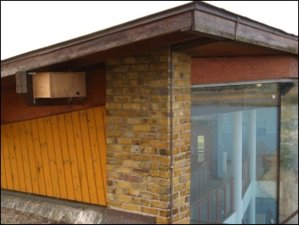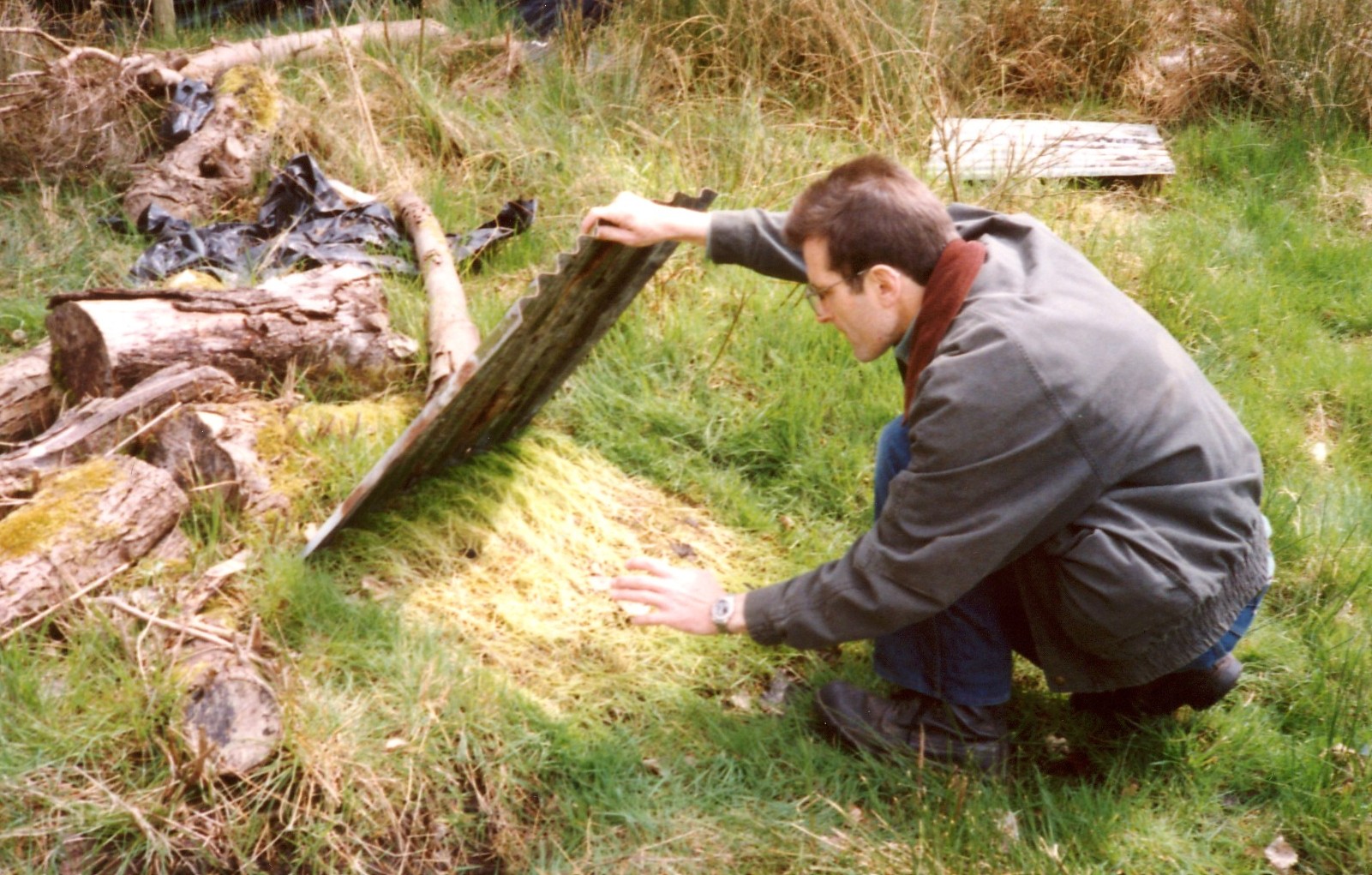Swift nest boxes
With spring definitely in the air, we've already seen most of our summer migrants return: sand martins, common terns, little ringed plovers and a variety of warblers.
One bird that tends to arrive a little later in spring is the swift. In recent years swifts have struggled to find suitable nesting sites in the UK, so we're giving them a helping hand with five new nestboxes designed specifically for these birds.
The hole is small enough to allow the swift access without being large enough for predators to get into. As you can see in the picture, it is at one end of a rectangular box so the nest can be at the other end without exposing it to the elements or risking the chicks wandering out before they're ready. The hole is relatively low on the box so the birds can easily get back out: swifts are pretty ungainly on the ground as they have small legs and feet (their Latin name Apus apus actually means footless!) and won't be as agile as a blue tit in its box, for example.
Swift boxes need to be at least five metres off the ground with clear airspace in front of them. Swifts enter their boxes directly from flight to minimise chances of predation so need the clear airspace. Our boxes are under the eaves of the Observatory to protect them from rain and direct sunlight, and face N and NW so that they're out of the sun.
We won't need to clear the boxes out as swifts are used to reusing the same places, sometimes for many years, without cleaning them out. Insects such as clothes moths will in fact eat most of the nest material year on year and will stop the box from being overfilled with debris.
Swifts look for established nest colonies to join and as we don't currently have any on site, we need to create the impression of a colony. We'll do this by playing a CD of swift calls when the birds are seen back on site: the calls are recordings of swift pairs defending their nests from other swifts. Swifts looking for nesting places are attracted by these calls to see if there are any spaces left by swifts that haven't returned from migration.
Swifts nest from May to August, so do look out for them at the Centre when you visit.





